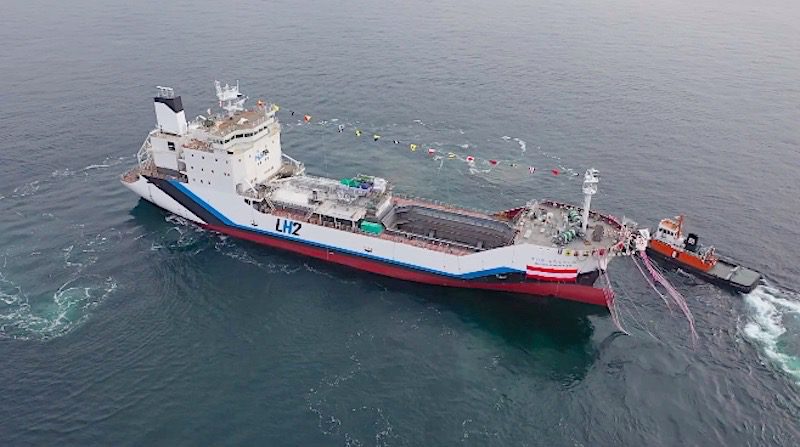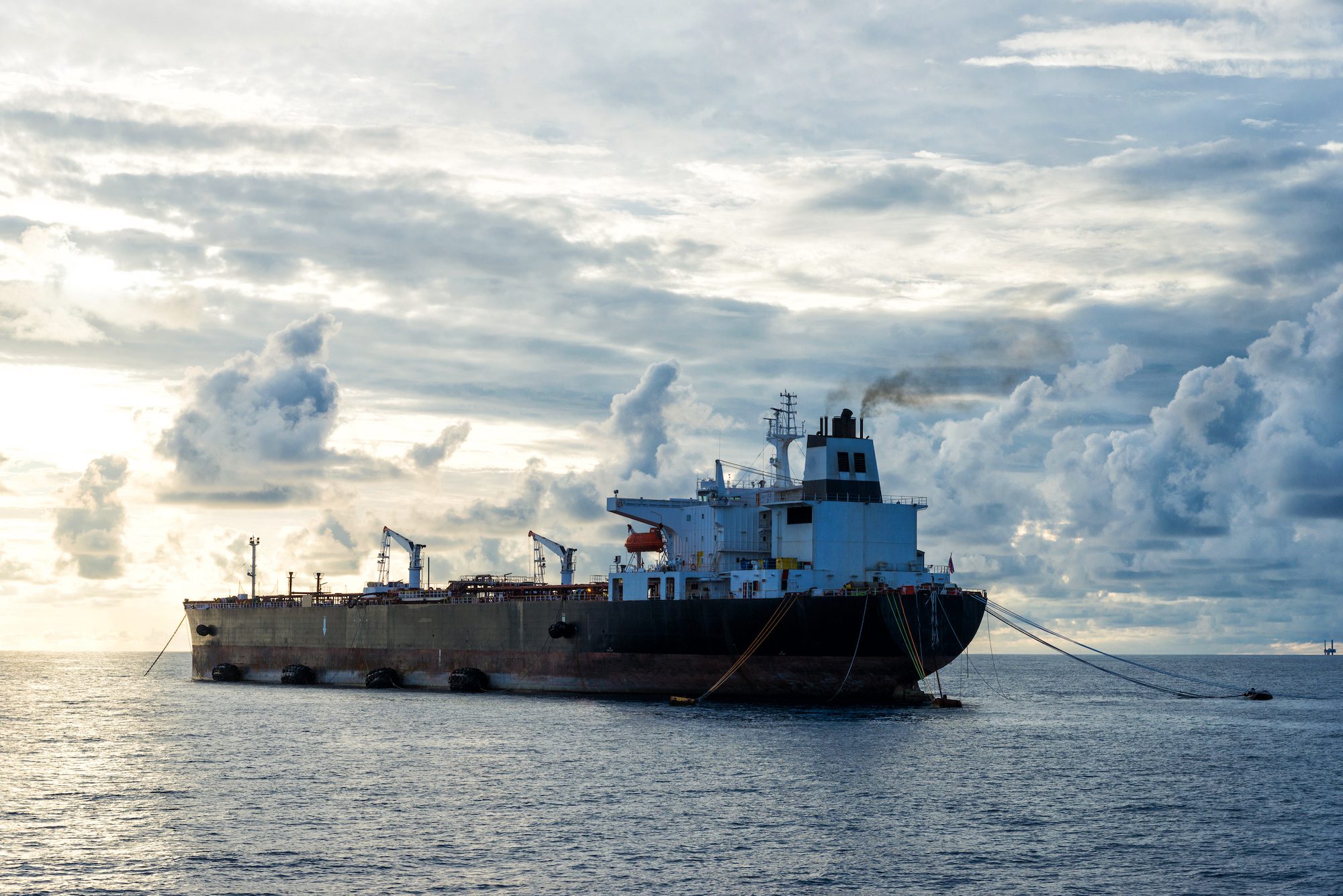An Australian investigation is shedding new light into a gas control equipment malfunction incident on board the world’s first liquefied hydrogen carrier on its maiden voyage.
The liquified hydrogen (LH2) carrier Suiso Frontier was built in 2021 as a prototype ship to assess the technical aspects of transporting LH2 by sea. The vessel is designed to carry 1,250 cubic meters of liquefied hydrogen cooled to –253°C, shrinking the hydrogen to just 1/800 of its original gas-state.
Its maiden voyage was headline news.
Following delivery from Kawasaki Heavy Industries, Suiso Frontier departed Kobe, Japan on December 25, 2021 with 55 tonnes of LH2 loaded for the purpose of testing its cargo and monitoring systems. It arrived in Port of Hastings in Victoria, Australia about a month later, on January 20, 2022, to load additional LH2 from the gas liquefaction facility there before returning to Kobe, as part of a pilot program to test the carriage of LH2 by sea.
After LH2 had been loaded at Hastings, the ship was still berthed when the gas control equipment malfunction occurred.
Upon starting the ship’s gas combustion unit (GCU), an able seaman on board observed a yellow gas flame, measuring about 1 meter high, briefly coming from the unit’s vent stack on the ship’s deck. There was no subsequent fire or explosion, and no injuries or damage were reported.
An Australian Transport Safety Bureau investigation found that the failure of an incorrectly-fitted electrical solenoid valve led to the brief propagation of flame from the GCU’s vent stack. Specifically, the GCU’s air fan discharge damper actuators – which regulate the flow of air into the unit – were fitted with direct current (DC) electrical solenoid valves, which were incompatible with the 230 V alternating current (AC) supply from the GCU control system.
“During roughly 400 hours of service prior to the occurrence, the solenoid valves were subjected to conditions for which they were not designed,” ATSB Chief Commissioner Angus Mitchell said. “When one of these solenoid valves failed, the fan discharge damper it was operating closed. Consequently, the temperature of the gas combustion unit increased, eventually resulting in the discharge of flame from the unit’s vent stack.”
In addition to the incorrect solenoid valve being fitted, the ATSB found the gas combustion unit was not equipped to detect the failure of the valve, nor the subsequent closing of the damper.
“Automated safety controls intended to detect a malfunction to prevent such an incident were not effective,” Mitchell said.
In response to the incident, the manufacturer of the gas combustion unit, Saacke, fitted limit switches on each air fan discharge damper to monitor damper position. In addition, the system’s control logic has been programmed to stop the unit if a fault is detected.
“The ATSB’s investigation highlights the importance of ensuring automated shipboard operating systems are equipped with safety controls to prevent hazardous consequences in the event of a malfunction,” Mitchell said. “The incident also shows the importance of stringent manufacturer quality controls to ensure correct system components are specified and fitted to equipment.”

 Join The Club
Join The Club











